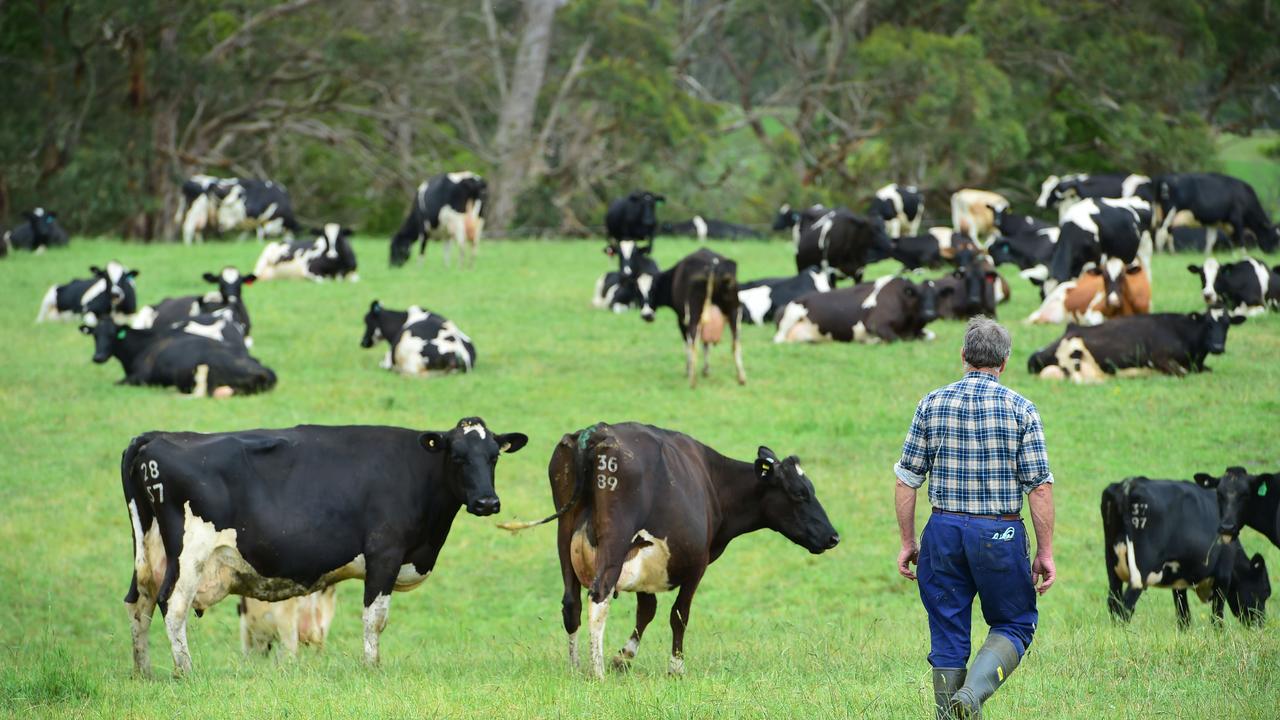Health Star Rating system rots industry
Under the new health-star rating calculator, fruit and vegetable juices have been downgraded to as low as two stars — lower than some diet soft drinks.

WELL, it looks like it’s official.
That cold glass of freshly squeezed OJ? Toss it — way too unhealthy.
Much better to pour yourself a refreshing glass of carbonated water, aspartame, acesulfame K, and phosphoric acid. Ooh, and don’t forget the caramel E150d.
Delicious.
In what is truly one of the most bizarre bureaucratic decisions around (and yes, I know it’s a tough competition) state and federal ministers from Australia and New Zealand have again refused to save 100 per cent juice’s five-star health rating.
Under the new health-star rating calculator, fruit and vegetable juices have been downgraded to as low as two stars — putting it lower than diet soft drinks, which can be as high as 3.5 stars.
Meanwhile, whole fresh fruit and vegetables will instantly get a five-star rating.
It’s not the only discrepancy still remaining in the health star system, which has been beset by criticisms since it was introduced more than five years ago.
The overhaul hasn’t altered the confusing anomaly that ranks tasty cheese lower in the health stakes than cheese Twisties (containing cheese powder, hydrolysed vegetable protein and, of course, the intriguing mystery that is “flavour”).
And somehow flavoured milks are on par with plain milk, despite the former listing “sugar” as its second ingredient.
If we’re trying to encourage healthier, more nutritious eating, we seem to be going about it in a strange way.
The new system is designed to penalise sugars more heavily.
That, of course, is not a bad thing, particularly given how much added sugar can unexpectedly sneak into products.
But the formula used to calculate ratings does not distinguish between added and naturally occurring sugars, nor does it take into account the other vitamins and nutrients a food has, such as fibre, protein and calcium.
The system is also designed to compare like foods: drinks with other drinks, cheese with other cheese.
However, that fact is still not widely understood, and many people take the health star ratings at face value.
Add to that the fact the health star system is still only voluntary, which means manufacturers with low rating products are under no compulsion to include it on their packaging.
Some juice manufacturers have already indicated they’ll scrap the rating from their labels, which makes you wonder what the point is after all.
No system is ever going to be perfect, and the health stars were never intended to be used in isolation.
But if we’re serious about changing consumer diets, a combination of accurate, informative packaging and public education is needed.
We also need to trust that our powers-that-be are able to make logical decisions that consider the factors a computer algorithm can’t take into account.
Here’s hoping commonsense prevails when the ministers next meet to discuss it again in February.
In the meantime, I’ll drink my complex carbohydrates pulp and all — you can keep your aspartame.
● Natalie Kotsios is The Weekly Times national affairs reporter
MORE
‘MADNESS’ AS ORANGE JUICE RANKED LOWER THAN DIET COLA IN HEALTH STAKES
EXPLAINER: WHY IS AGRICULTURE FACING A SHORTAGE OF HARVEST WORKERS?
RAYNER’S ORCHARD DESPERATE FOR LIFELINE FROM MELBOURNE VISITORS


